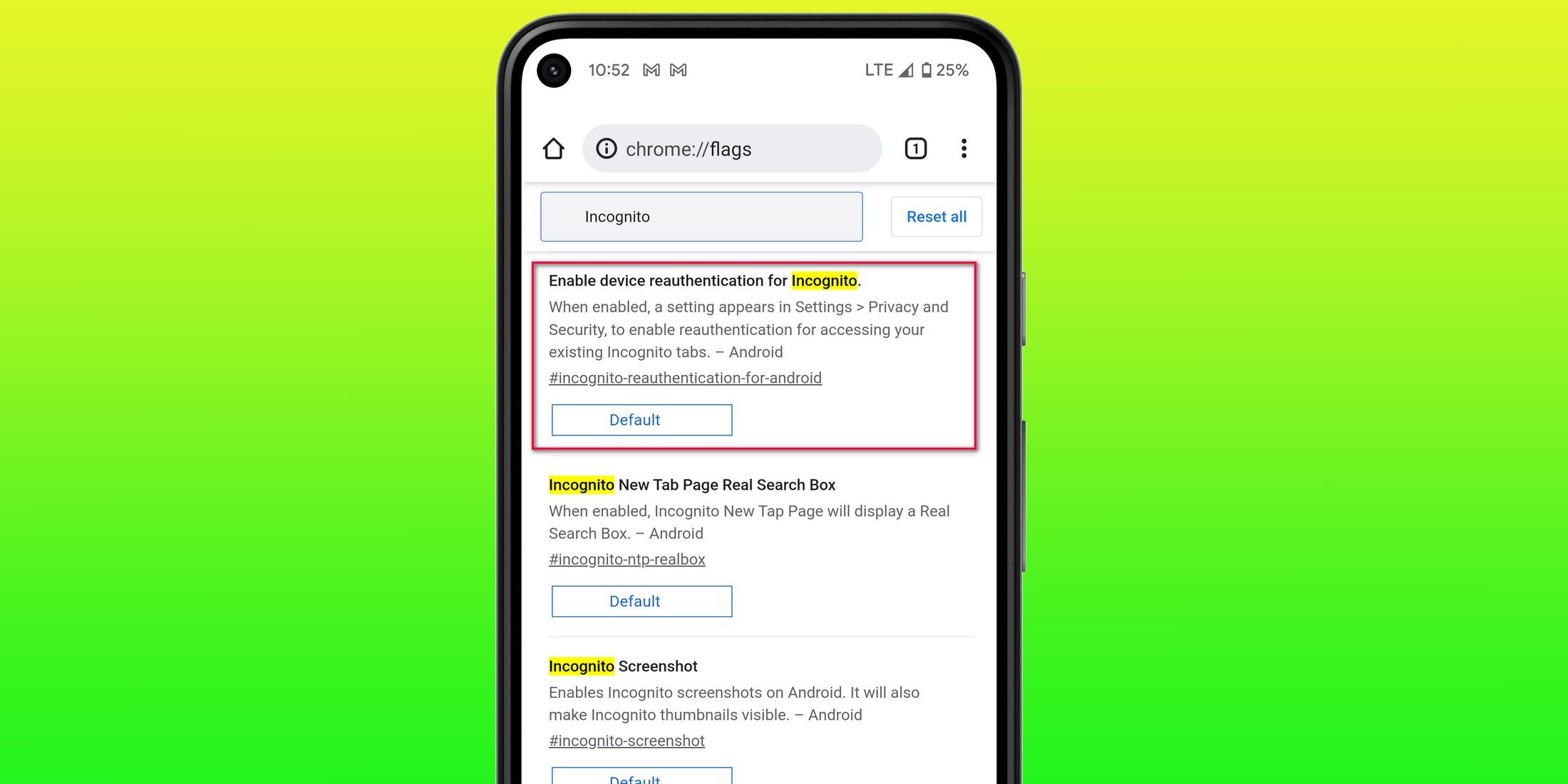Google's Chrome browser on Android will soon hide the tabs in incognito mode behind a layer of authentication. The browser, which commands over 60-percent share of the mobile web browser market globally, has recently made a few tweaks to make the incognito mode experience even better. One of them was finally allowing users to capture screenshots while browsing the web in incognito. The browser also made a change last year that prevents websites from detecting whether visitors were using incognito mode to check out a webpage.
Additionally, Google fixed an issue that caused the browser to occasionally freeze when users closed their incognito tabs. For the unaware, browsing in incognito mode prevents Chrome from collecting details such as browsing history, cookies, website information, details filled in a form, and permissions granted to a website. Of course, Chrome’s incognito mode is still no match for the services offered by Brave and its eponymous search engine, but it still grants some semblance of added privacy. However, the situation becomes tricky when users lend their phone to someone else with incognito tabs still open or running in the background.
This is where the latest Chrome development for Android comes to the rescue. Google is testing a new feature for the browser’s Android client that will lock incognito tabs behind an extra layer of authentication. So, when users minimize or exit the Chrome browser, they will need to re-authenticate with a PIN, password, or biometric measure like face and fingerprint unlock to access the incognito tabs. Until the identity is confirmed, users won't be able to see the content of incognito tabs. In case that sounds familiar, well, that’s because Chrome on iOS has already enabled Face ID or Touch ID unlock for incognito tabs.
A Neat Feature That Makes Incognito More Private
The upcoming feature is called ‘Enable device reauthentication for Incognito’ and is currently accessible as a Chrome flag that needs to be manually enabled. Once the flag has been activated, users will see a new settings option under the Privacy and Security section of the browser’s settings menu. However, the privacy-centric feature is currently being tested only in the Canary development channel, and is not available in the latest beta (version 93.04577.37) and stable (version 92.0.4515.131) builds of Chrome for Android.
Once the feature rolls out properly, users will see an unlock prompt when they return to incognito tabs on Chrome for Android. Tapping on the unlock button will prompt them to enter the preferred lock screen authentication data, which can be a numerical PIN, alphanumeric password, pattern lock, fingerprint scan, or face unlock. It is unclear when ‘Enable device reauthentication for Incognito’ will be released via the stable channel, but given its availability on version 94 of the Canary build, it will most likely arrive when the rollout of Chrome 94 begins. As per Google’s planned release schedule, that's likely to happen in the third or fourth week of September.
Source: Chromium Gerrit


